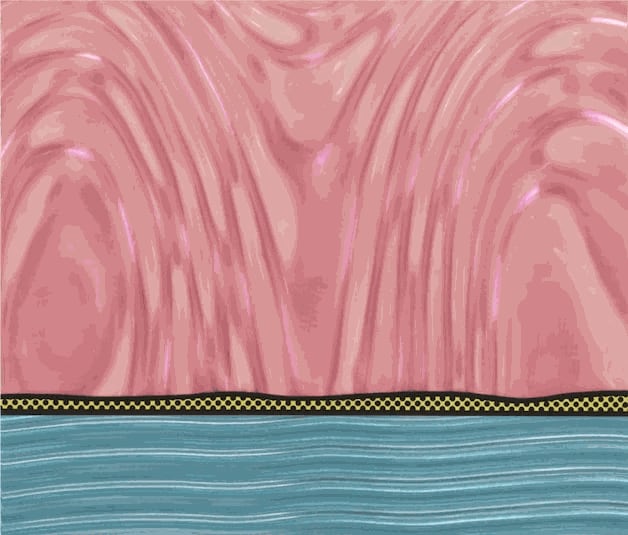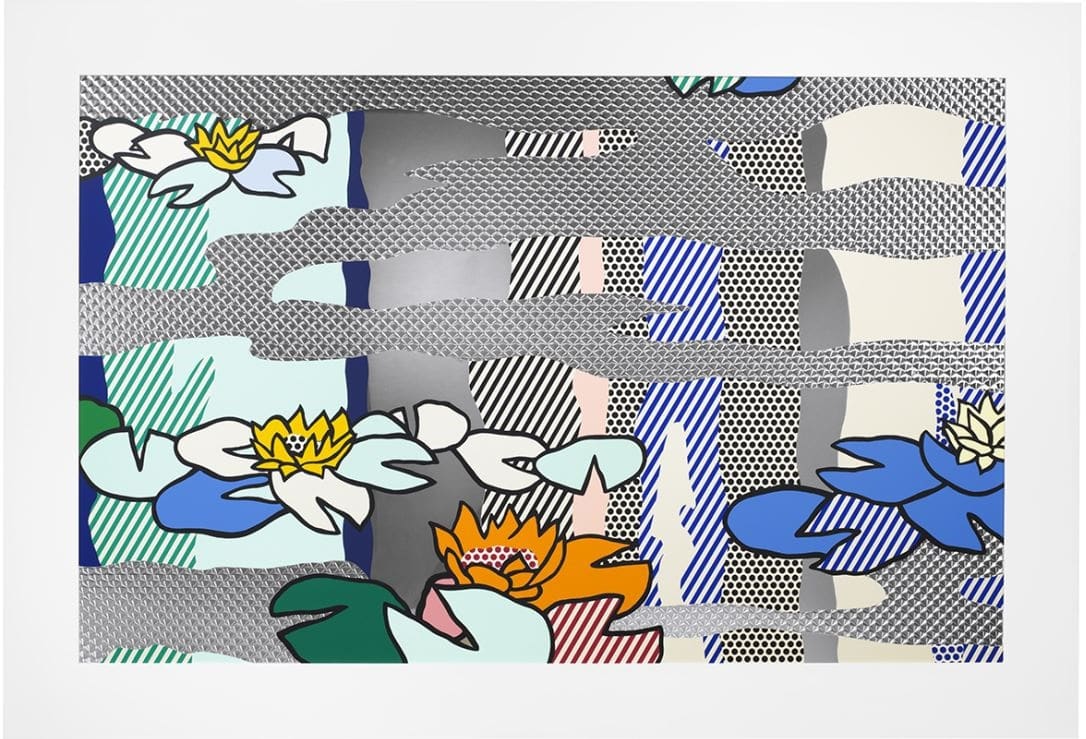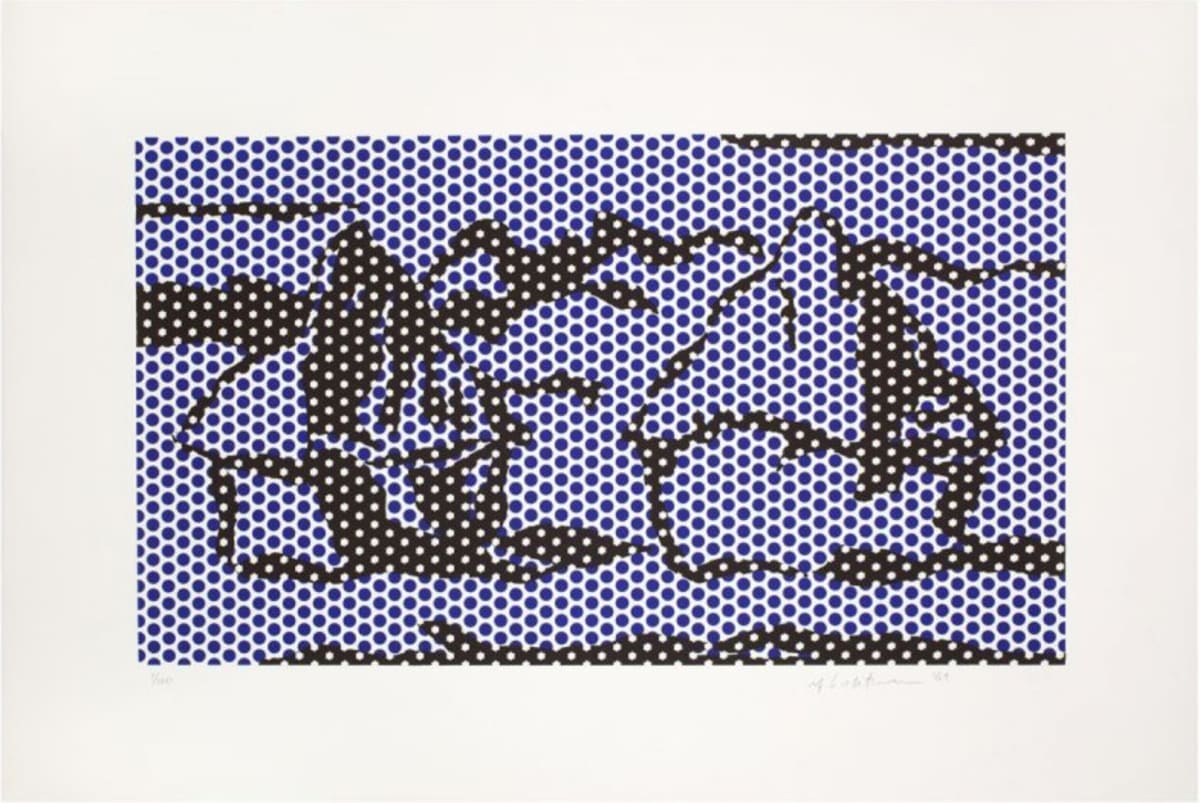
Roy Lichtenstein Landscapes – From Pop Art to Natural Abstraction
Although landscapes might seem different from his early Pop Art comic works, Lichtenstein actually drew inspiration from the backgrounds of cartoon scenes for these works. He employed the same signature halftone Benday dots, but distilled the compositions down to their most essential elements. This progression is evident in works that range from the more representational *Sunrise* to the nearly abstract *Seascape*

Innovation in Materials and Media
In no other genre did Lichtenstein experiment so extensively with materials and media to achieve illusionistic optical effects through the use of composition and materials. In these works, Lichtenstein conveyed the elusive nature of light and water, or stylised them with exaggerated curves or straight lines, rendering landscapes with remarkable economy.

Ten Landscapes Series
Lichtenstein’s exploration of this most traditional of genres stands out as a calculated, artificial interpretation of natural settings— and can be considered to be one of his most striking projects or groupings of works. As a Pop Art enthusiast, Lichtenstein became famous for his impactful cartoon imagery, and landscapes were a significant component of his work.
His treatment of the subject deliberately mimics mass-production techniques, yet these are not mass-produced works. Despite the aesthetic goals, Lichtenstein’s vast output features meticulously detailed mixed-media pieces, created by hand and refined through machinery - highlighting the technical excellence of the screenprinting medium that the artist and his printers perfected.
Historical Influences
Lichtenstein’s landscapes reference various art historical movements, including Abstract Expressionism, Impressionism, Fauvism, Pointillism, German Romanticism, and traditional Chinese painting - the Haystack series was based on Claude Monet’s series of the same name painted in 1891. Likewise, his Water Lilies series pays homage to one of his main influences, Claude Monet’s original work, translating his famous impressionist style through the prism of pop art.

Representation to Abstraction
The artist pushes the boundaries of the real and visible toward abstraction exploring the acts of creation and perception, themes that are echoed in Lichtenstein’s *Haystacks* and Cathedral series. Ultimately, they present dreamlike interpretations of the natural world, akin to his more surrealist works.

Whether an industrial background as found in “Real Estate” or the solid and angular “Pyramids”, we see Lichtenstein’s prowess in abstraction, as he recreates landscapes, moonscapes, and seascapes with exceptional economy. Some scenes are clearly representational, while others are entirely abstract.

Stylistically, his treatment creates organic forms through exaggerated curves, mass groupings of dots, bold lines, and solid colour bands. Lichtenstein’s technique combines graphic language with overlays, stencils, and experimental materials to communicate nuanced light and shadow.
Lichtenstein revises the landscape genre, bringing it into the late 20th-century context. The many works produced by the pop-artist on the subject matter feature brilliant pigment superimpositions, unexpected collages, and prismatic montages, aspiring to optical illusions and unified imagery in his fictitious nature scenes. Nuanced yet bold, the works highlight Lichtenstein’s ability to assimilate and draw from the past whilst simultaneously creating a new, pop infused future.
Discover Roy Lichtenstein prints for sale and contact sales@andipa.com or call +44 (0)20 7589 2371 for further information.
